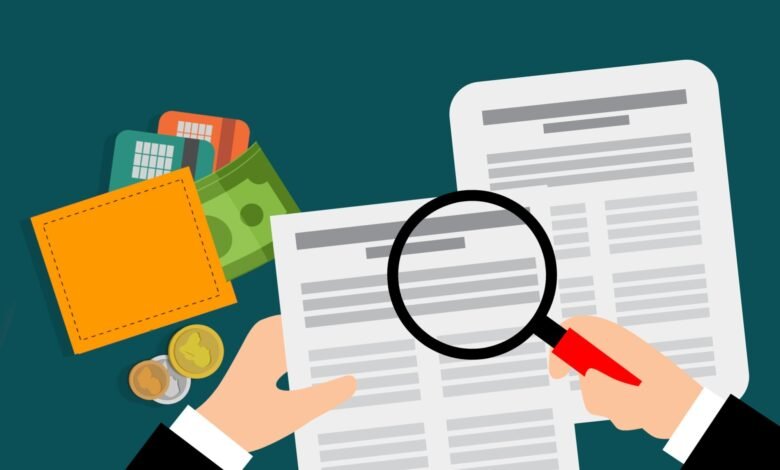What Is A UCC1 Financing Statement And How Is It Used?

The United States’ Uniform Commerical Code, or UCC, is a collection of standard rules regulating commercial transactions. Every state has accepted these model regulations in an almost identical manner.
For example, if someone enters a commercial contract in Texas, the state of Connecticut will enforce it in the same way. UCC allows business connections to be more secure because of the consistency of application.
A UCC1 financing statement falls under the UCC rules. It has a specific purpose that we’ll now discuss in this article. If creditors have stated they will issue a UCC1 to you, you’ll want to read on.
What Is a UCC1 Financing Statement?
A UCC1 statement is a legal notice made by creditors that they announce to the public. This public declaration states their rights to seize debtors’ personal property who default on business loans that they extended. Creditors often get These notifications published in local newspapers to inform the public of their intentions.
Under the Uniform Commercial Code (UCC), UCC1s are needed for all company loans. They establish relative precedence over which particular assets the creditors may seize and in what order. UCC1s also confirm the collection pecking order in situations when several lenders to the same debtor exist.
How to Understand a UCC1 Statement
The UCC1, or UCC-1 statement, operates as a lien for collateral. It has filing processes and components that are similar to those you find in residential mortgage loan arrangements.
A lender must provide their UCC1 declarations in a business loan contract. This is according to the UCC’s ninth article, “Secured Transactions.”
The statements must include extensive information about the borrower. It also needs to provide itemized explanations of any assets that you agree upon as secured collateral.
You can use almost any asset as collateral. Yet, automobiles, real estate assets, manufacturing equipment, inventories, and investment securities are the most frequent.
UCC1 Statement Types
Specific collateral liens and blanket liens are the two types of UCC1 statements that lenders can file.
Companies often use specific collateral UCC1 statements in equipment or real estate transactions. These statements grant lenders first-order secured rights to particular collateral or real estate. For example, you could use any equipment you acquire through borrowing as collateral.
Blanket liens allow lenders to have secured rights on a range of the borrower’s assets. Yet this is only true if the conditions are stated in the collateral portion of the UCC1 statement.
Understanding UCC1 Statements
It’s essential to understand how creditors use a UCC1 financing statement when lending money to a business. Now, you should have a much better grasp of how the concept works and what to be wary of.
Also, remember that UCC rules tend to be applicable in the same way from state to state. And, if you let your UCC1 financing statement lapse, you need to deal with the issue swiftly.
Thanks for stopping by. Please check out our blog for other informative posts.




